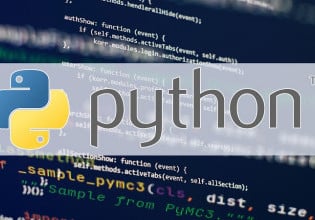V
In a junction box which is having 3 nos of analog signals from instrument (4-20 ma ouput), and main cable (6 core shielded cable) is going to control room in marshalling rack cabinet. In this JB, i want to put 2 NOS of digital signal (24 V. digital input).
Is it acceptable to put didgital signal in analog junction junction box as per international standards. i am not getting spare in othe JB's and this is the only choice.
Is it acceptable to put didgital signal in analog junction junction box as per international standards. i am not getting spare in othe JB's and this is the only choice.





